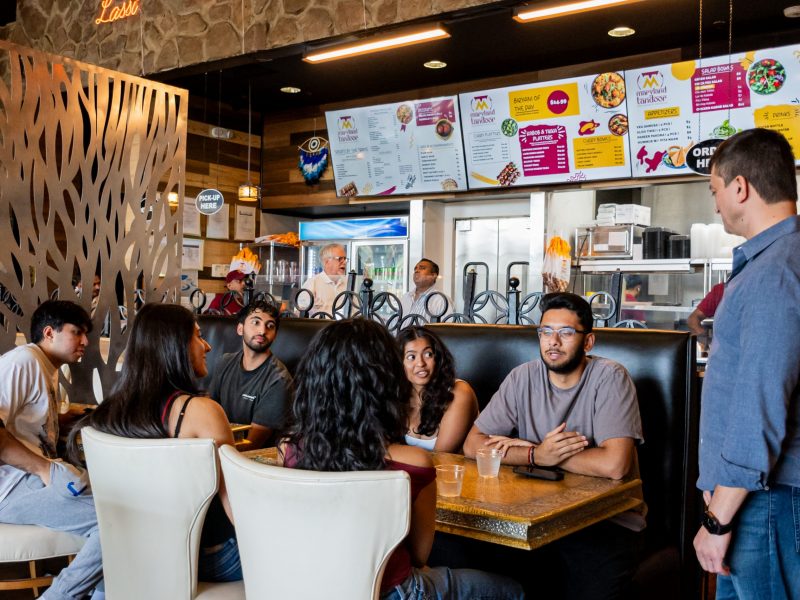This past week, I became an investor in a small butcher shop in Agsu, Azerbaijan. It took just 10 minutes, and I didn’t even get up off of my couch. I hope I can persuade you to do something similar.
You see, most college students, myself included, often think that we as individuals can’t do much when it comes to tackling a big problem such as world poverty. It’s the kind of issue where creating Facebook groups, wearing colored wristbands, attending rallies on McKeldin Mall and yes, writing in The Diamondback don’t have much of a real-world impact.
Time and money are generally what it takes to make a difference, and college students are short on both. Bill Gates and Warren Buffet don’t have to worry about paying for tuition, housing and drinks at Cornerstone. And students don’t have much time to think about changing the world in between classes, internships, homework, parties, the gym and so forth.
That’s why it was with great interest that I read New York Times writer Nick Kristof’s recent column, “You, Too, Can Be a Banker to the Poor.” He wrote about a website called Kiva (www.kiva.org), which allows anyone to make direct loans through PayPal to specific entrepreneurs in Third World countries.
It’s an example of the real-world impact of microfinancing, the poverty-fighting tool popularized by Nobel Peace Prize winner Muhammad Yunus. Small loans (typically a few hundred dollars) are given to poor people, especially women, who traditionally have little access to capital. The interest rate charged is lower than that of commercial institutions in that country, yet allows the donor revenue to finance his operations. Witness the power of capitalism being harnessed to save lives.
Kiva allows you to look at the business proposals and credit histories of entrepreneurs from Honduras to Afghanistan. Projects include anything from store owners wanting to increase their inventory to mechanics needing auto parts. If you find one you like, you can instantly transfer them money via PayPal, the same safe, secure payment mechanism used on eBay and other leading Internet sites.
What I think is best is that none of this involves a large amount of money on your own part. Lenders can donate just $25 each toward a project, so the loan comes from a group rather than you alone. It’s philanthropy on the cheap. Plus, you know exactly who your money is going to and how it is being used. Kiva, it should be noted, boasts a 100 percent repayment rate to date.
My first loan went to an Azerbaijani man named Ilham Abdulov, who owns a small butcher shop in a bazaar in the city of Agsu. He’s a young, portly, jovial-looking guy who has run his shop for four years. Ilham needs money to buy more animals so that he can expand his business. He has agreed to pay me and the other lenders (several from across the U.S., but also one from Spain and another from Japan) back in 12 to 16 months.
Now of course I don’t mean to suggest that ending poverty is just a few mouse clicks away, or that we should focus on the “sexier” international aid at the expense of tackling problems here at home. But programs like Kiva offer us college students an easy and affordable way to help people and become involved in humanitarian causes.
If a lack of time and money aren’t an excuse, then what are you waiting for?
Jay Nargundkar is a junior finance major. He can be reached at terpnews@gmail.com.


